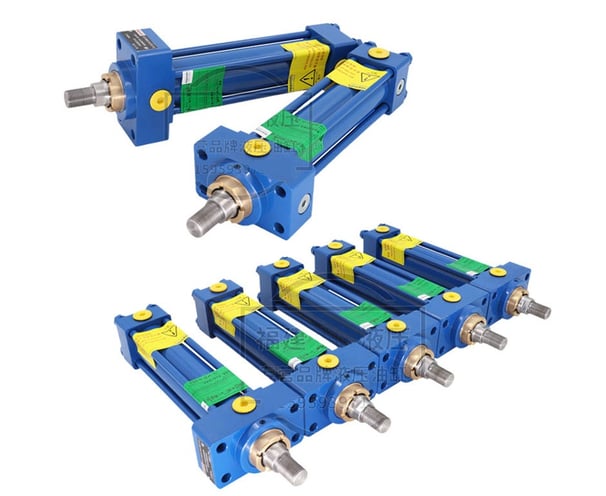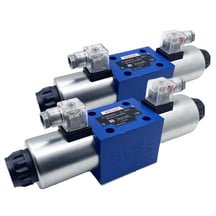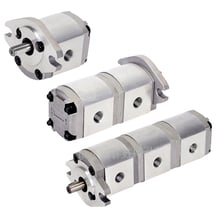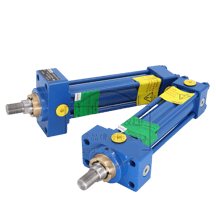How to Pick the Right Hydraulic Cylinder in 2025: Straight Talk for Smart Buyers
Hydraulic cylinders are workhorses in everything from construction rigs to robotic arms. But in 2025, choosing the wrong one could mean costly downtime or missed efficiency targets. With industries leaning into automation, green tech, and tougher regulations, here’s how to pick a cylinder that won’t let you down.
3/10/20252 min read
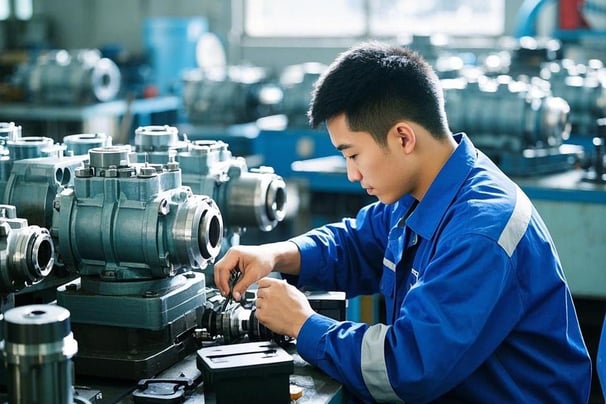

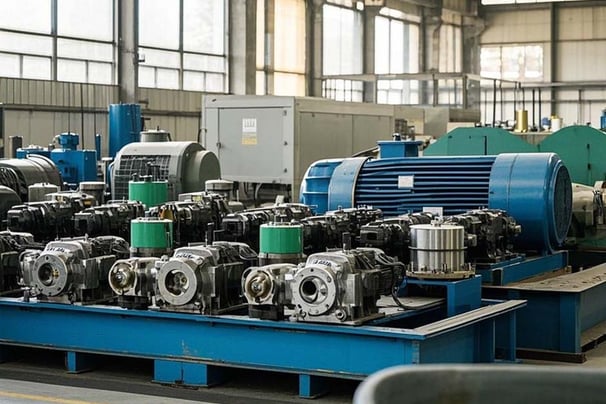

Know Your Application’s Dirty Secrets
Not all cylinders are built equal. Start by asking: Where will this cylinder live?
Is it powering heavy construction equipment, precision robotics, or renewable energy systems like tidal turbines? Pump types (gear, piston, vane) each have strengths, but 2025’s applications demand more nuance. For example:
- Extreme environments? Offshore wind turbines or mining EVs need cylinders with corrosion-resistant coatings (think HVOF-sprayed tungsten carbide) and reinforced seals to handle saltwater, dust, or chemicals.
- Precision tasks? Robotic welding or automated warehouses demand servo-hydraulic cylinders with micron-level accuracy.
Materials Matter More Than You Think
Cheap steel won’t survive 2025’s demands. For example:
- Carbon fiber rods: Lighter and stronger than steel, ideal for aerospace or mobile machinery where weight savings matter.
- Graphene-coated seals: Reduce friction by 30% and withstand temperatures up to 300°C in foundries or solar thermal plants.
- Stainless steel tubes: Non-negotiable for food processing or pharmaceutical systems where hygiene is critical.
Sustainability Isn’t Optional
Regulators and customers are watching. Avoid cylinders that:
- Leak fluid: Opt for welded designs or lip seals with zero leakage ratings.
- Use toxic coatings: Chrome plating is being phased out; eco-friendly alternatives like laser hardening are rising.
- Can’t be rebuilt: Choose suppliers offering refurbishment programs to extend lifespan. Bonus points if they recycle old cylinders into raw materials.
The Bottom Line
Choosing a hydraulic cylinder in 2025 isn’t about specs—it’s about future-proofing. Focus on smart tech, rugged materials, and suppliers who innovate faster than the market. Ask tough questions, test brutally, and never compromise. Your machines (and bottom line) will thank you.
